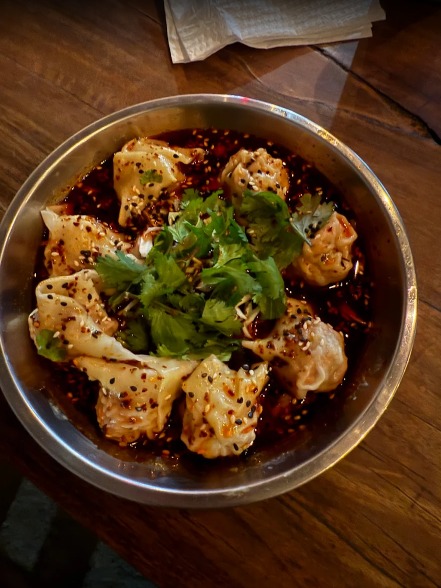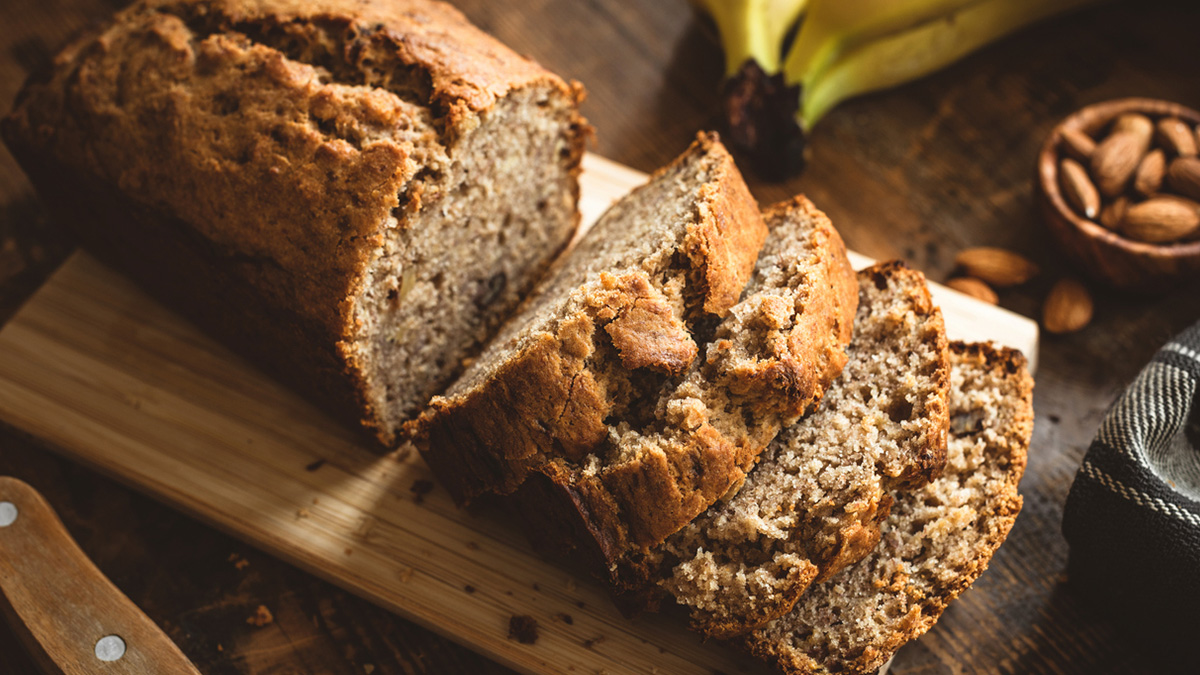Let's agree, a humble bowl of pasta has taken the world by storm. One of the most popular dishes in Italian cuisine (other being pizza), you will find pasta being prepared and enjoyed at every part of the globe. Cooking pasta is really simple - all you need to do is boil the raw pasta and add to your desired sauce. Sounds super easy; isn't it? But trust us, it's not as simple as it seems. You will often find the dish getting overcooked or is left chewy, dry and undercooked. Wonder why? The answer lies in the raw pasta that you boil. As per experts, we need to make it 'al dante' - which literally translates to 'to the tooth'; meaning, the pasta should be chewy. Now, this brings up another question - what is the trick behind al dante? Fret not, here we are here to help you out.
In this article, we will take you through a complete guide on how to cook pasta perfectly. Let's start with understanding the boiling procedure.
How Much Water Do You Need To Boil Pasta:
- For a 100gram pasta, one needs 500ml water (serving one person).
- For 180-200gram pasta, one needs one-litre water (serving two-three people).

Photo Credit: iStock
How To Boil Pasta: 5 Easy Steps:
As mentioned earlier, the idea is to see if the pasta is perfectly al dante. To do that, we need to take half-a-litre of water per 100 grams of raw pasta - perfect quantity for a single serving. Find the steps below:
1. Boil 500ml water in a large, high-sided pan. This helps the pasta to boil perfectly, without sticking to each other.
2. To it, add 2 tsp salt and 1 tbsp olive oil for bringing taste and texture to the pasta. Bring it to a boil.
3. Now, add 100 grams of pasta (sufficient for one person) and cook for exactly eight minutes. Now remember, if you are using spaghetti, linguine and tagliatelle pastas, then the boiling time remains 8 minutes; whereas, if you are boiling penne, bow or any other short and thick pastas, then boil for 10 to 12 minutes. And for fresh pastas like ravioli and tortellini, it's three to five minutes.
4. Keep stirring while the pasta gets boiled to prevent it from sticking to the pan or to each other.
5. After boiling for the given time, take one piece/strand of pasta, cool it down and taste. If you feel it's al dante, then take it off the heat, strain the water and allow the pasta to steam dry for a minute before you add it to the desired sauce.
Also Read: Watch: Easy Way To Make Raw Pasta At Home Without Machine

Photo Credit: iStock
Here Are 5 Mistakes To Avoid While Boiling Pasta:
By now, we all know boiling pasta can be a tricky job. One basic mistake can ruin the dish completely. Here are a few common mistakes people should avoid cautiously.
- Never rinse the pasta after boiling it. It will wash away the salt and the natural starch, making it taste bland.
- It is important to strain the excess pasta water to prevent it from turning sticky or soggy.
- Many of us boil the pasta and then prepare the sauce. But it should be the opposite way. Cooking pasta beforehand can make it dry; this will further not allow the sauce to coat properly.
- Do not throw away the excess boiled water. You might need it to add to the sauce if it turns dry.
- Make sure to add adequate salt to your pasta water to properly season it.
Also Read: Kitchen Hack: 5 Easy Ways To Add Leftover Pasta Water To Your Cooking

Photo Credit: iStock
Here Are 5 Classic Pasta Recipes For You:
Now that you know how to boil pasta properly, let's take you to the next step of how to make a dish out of boiled pasta. Here we curated some of our favourite pasta recipes that are classic, delicious and will instantly tug at heartstrings. Find the recipes below.
Spaghetti Aglio Olio:
It is possibly one of the simplest pasta recipes one can cook. A traditional dish from Naples, it is made using garlic (Aglio) and olive oil (olio). The best part is you have the liberty to use the oil and garlic as much as you want. So do not shy away from making the spaghetti oily and spicy! Click here for the recipe.
Pasta Carbonara:
The dish derives its name from 'carbone', meaning coal. It was popular among coal miners and includes a generous amount of bacon in it. It is simple and fuss-free and makes for a perfect recipe when you are in no mood for cooking. Click here for the recipe.
Spaghetti Bolognese:
Much loved by every non-vegetarian, bolognese sauce is a meat-based sauce that finds its origin in Bologna, Italy. This recipe, preferably cooked with spaghetti, used minced lamb meat, onions, tomatoes and a generous amount of parmesan cheese. Click here for the recipe.
Pasta Arrabbiata:
This dish is ideal for the ones who like everything hot and spicy. 'Arrabbiata' in Italian literally means angry. This means the pasta refers its name to the spiciness of the chilli used in the sauce. Click here for the recipe.
Basil Pesto Pasta:
A herby pasta that is rich in flavours, this dish spells indulgence. Here, we make a pesto sauce with basil, garlic, olive oil and a few other ingredients and toss the cooked pasta in it. Click here for the recipe.
What are you waiting for? Follow these steps and recipes and make yourself a delicious bowl of pasta today. Do let us know which one of the above you tried first.
About Somdatta SahaExplorer- this is what Somdatta likes to call herself. Be it in terms of food, people or places, all she craves for is to know the unknown. A simple aglio olio pasta or daal-chawal and a good movie can make her day.











